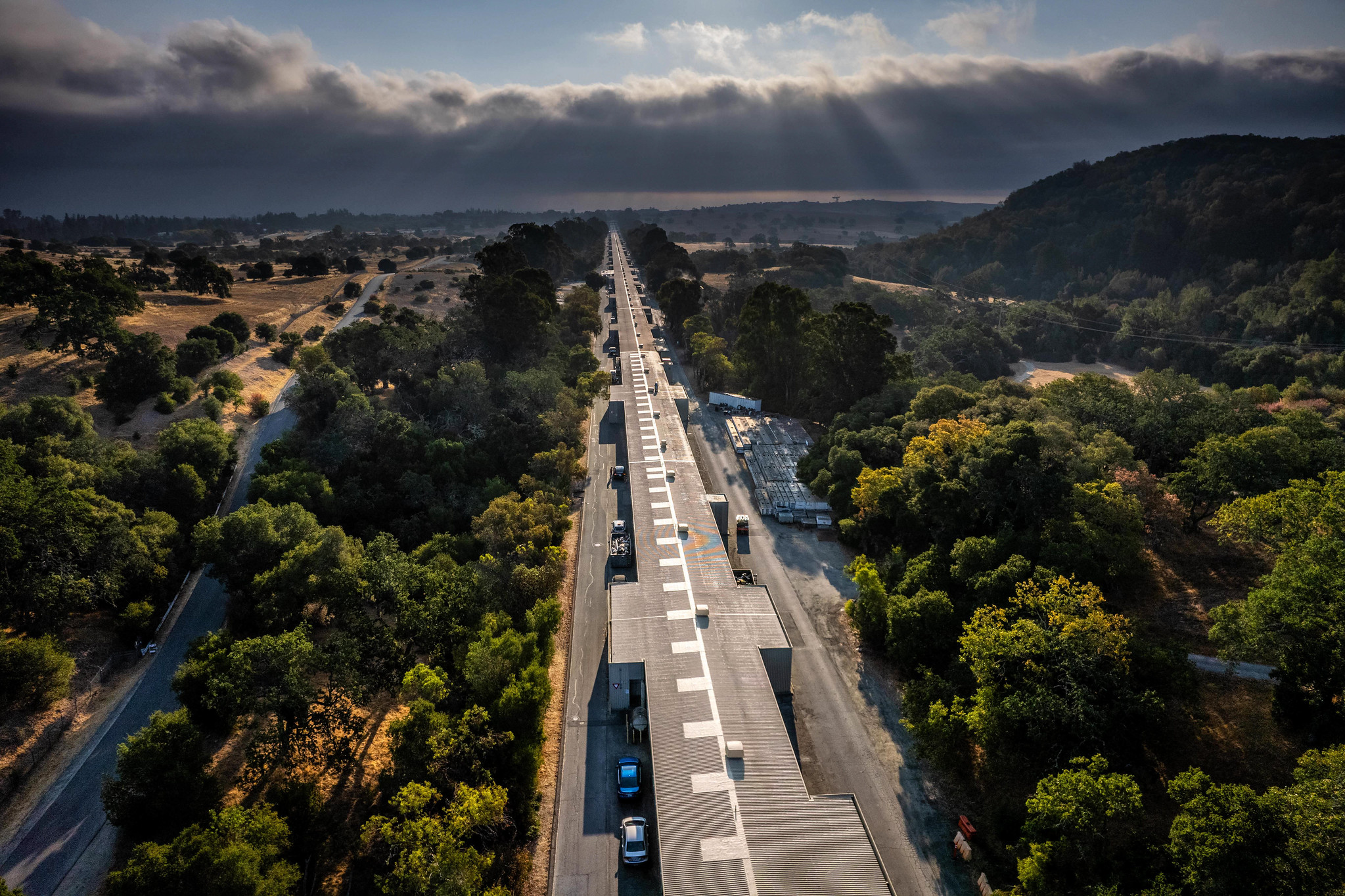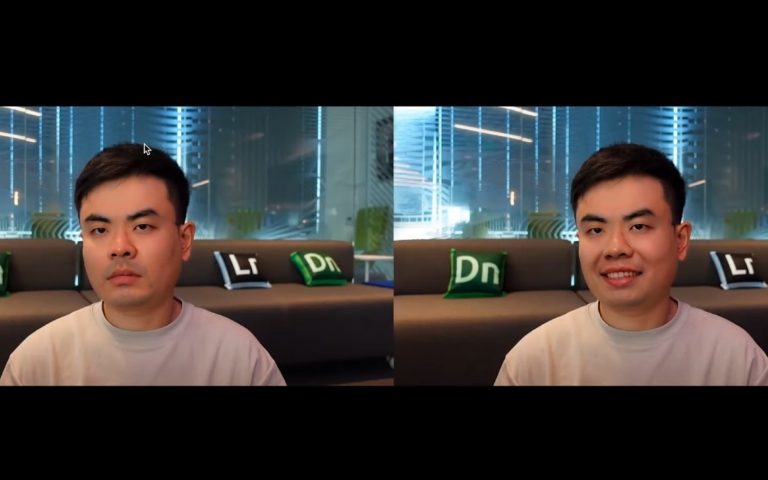SLAC’s newest laser works best when it’s colder than outer space
After nearly a decade in development, the second iteration of the Linac Coherent Light Source (LCLS) at the DoE’s Stanford Linear Accelerator Center (SLAC) is nearly ready to start throwing photons harder than ever before. Dubbed the LCLS-II, this billion-dollar superconducting particle accelerator upgrade will produce X-rays 10,000 times brighter than those of its predecessor at a world record rate of 1 million pulses per second — all while working at a frosty negative 456 degrees Fahrenheit.
“In just a few hours, LCLS-II will produce more X-ray pulses than the current laser has generated in its entire lifetime,” Mike Dunne, director of LCLS, said. “Data that once might have taken months to collect could be produced in minutes. It will take X-ray science to the next level, paving the way for a whole new range of studies and advancing our ability to develop revolutionary technologies to address some of the most profound challenges facing our society.”
The original LCLS came online in 2009, shining a billion times brighter than the accelerator it replaced, but was limited to 120 pulses per second because the laws of physics limit the number of electrons that could be pushed simultaneously through the accelerator’s labyrinth of room-temperature copper pipes. But by replacing those pipes with more than three dozen cryogenic accelerator modules — interconnected strings of hollow niobium — cooled down to 2 Kelvin (4 degrees F above absolute zero), SLAC researchers can massively improve the accelerator’s output.
“To reach this temperature, the linac is equipped with two world-class helium cryoplants, making SLAC one of the significant cryogenic landmarks in the U.S. and on the globe,” Eric Fauve, director of the Cryogenic Division at SLAC, said. “The SLAC Cryogenics team has worked on site throughout the pandemic to install and commission the cryogenic system and cool down the accelerator in record time.”
Once the electrons have passed through all 37 cryo modules and been sufficiently cooled, they’re energized and accelerated by a megawatt microwave to nearly the speed of light and fed through a string of undulator magnets that force the electron beam into a zig-zag pattern, generating X-rays. What’s more, the undulators can influence the type of X-ray that’s produced — either hard X-rays for material imaging, or soft X-rays primarily used to document energy flows and real-time chemical reactions.
The LCLS-II first hit the 2 Kelvin mark in mid-April and with Tuesday’s announcement is now ready to begin conducting research. That’s expected to happen later this year and could help us examine cutting-edge materials and biological processes in greater resolution than ever before, advance the state of the art in clean energy technology and even unlock the secrets of the quantum realm by imaging individual atoms.
All products recommended by Engadget are selected by our editorial team, independent of our parent company. Some of our stories include affiliate links. If you buy something through one of these links, we may earn an affiliate commission.






